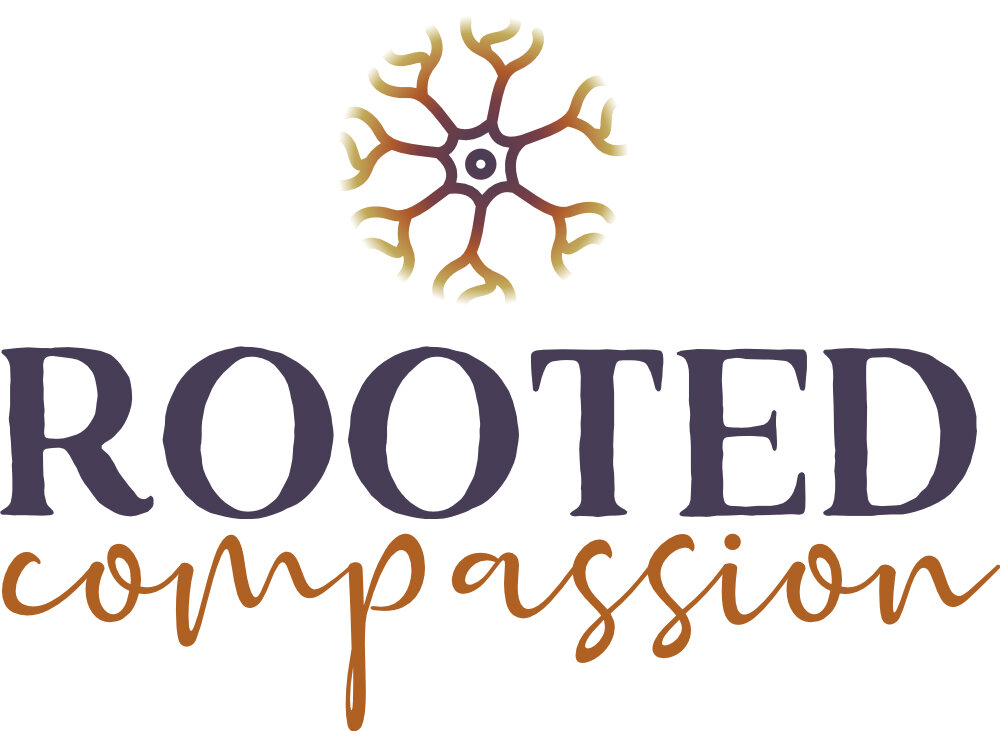Finding Balance in Therapy with "The Three Gunas": Part Three in the series About Applied Polyvagal Theory in Therapeutic Yoga
In my last blog, I introduced the Polyvagal Theory concept of neuroception within the context of yoga, known as “Svadhyaya.” I also discussed how we may utilize Svadhyaya to tune into the various nervous system states (more information about the nervous system states can be read in Amy Stenger-Sullivan’s blog). During this blog, I will be discussing how these nervous system states intersect with a yogic concept known as “The Three Gunas.”
As we have learned from The Polyvagal Theory, safety is connected with the ventral vagal circuit.
This intersects with yoga through the concept of Sattva. The goal of yoga is to cultivate Sattva as this is the foundation for wisdom and it can foster an environment within us to achieve self-realization. This is related to our Social Engagement System (SES). Our SES allows us to feel secure, grounded, connected, clear, competent, and safe within our world.
Rajas, a yogic concept that is closely related to a sympathetic nervous system state that might lead us to feel restless, anxious, aggressive, or angry.
Alone, imbalanced Rajas can keep us stuck in an agitated state where our bodies are consistently releasing cortisol and adrenaline – most referred to as fight or flight.
Adrenaline is responsible for the immediate reactions we feel when a threat is detected. Cortisol, the most common hormone related to stress, is released over the span of a few minutes and acts to slow down nonessential functioning in a stressful situation – the immune, reproductive, and digestive systems (Mayo Foundation for Medical Education and Research, 2021).
Imbalanced Rajas, or chronic stress, can lead to several health problems including chronic anxiety, gastrointestinal concerns, muscle tension, headaches, sleep disruptions, heart disease, and chronic pain (Mayo Foundation for Medical Education and Research, 2021).
Rajas can be nourished by Sattva to create a functional cross between the ventral vagal circuit (SES) and sympathetic activation. This nervous system state creates a healthy mobilization for play, sexual arousal, curiosity, and excitement. Through this cross, we can dance, exercise, and create all while fostering space for connection and safety.
“Having a great holding environment lets us reclaim healthy ability to rest safely.” - Arielle Schwartz
Tamas is closely related to nervous system immobilization, or, activation of the dorsal vagal circuit. Immobilization is represented by the freeze response where we may respond with unsafe stillness, collapse, and shutdown. Chronically imbalanced Tamas can lead to depression, low energy and fatigue, autoimmune disorders, and dissociation. Tamas can be nourished by Sattva by connecting the ventral vagal circuit (SES) with the dorsal vagal circuit to initiate rest, stillness, relaxation, and digestion. We can do this by engaging in intentional wakeful rest, meditation, grounding practices, connecting with the earth, spiritual practices, and Yoga Nidra.
Therapeutic yoga fosters an environment where the primary focus can be on the internal experience of your body in any shape or pose, regardless of the outer appearance of the shape. I encourage you to explore this five-point check-in:
Mind – thoughts and mental focus of clarity
Body – sensations, feelings
Breath – pace, depth
Emotions – feelings and associations
Energy – fatigue, energized, relaxed
Tuning into your nervous system through mind, body, breath, emotions, and energy allows you to familiarize yourself with your own natural responses - at that point, you get to choose how to proceed. You may integrate coping strategies, breathing techniques, connecting with a close family member or friend, and integrating Sattva to achieve balance.
References:
Mayo Foundation for Medical Education and Research. (2021, July 8). Chronic stress puts your health at risk. Mayo Clinic. https://www.mayoclinic.org/healthy-lifestyle/stress-management/in-depth/stress/art-20046037#:~:text=Adrenaline%20increases%20your%20heart%20rate,of%20substances%20that%20repair%20tissues.
Schwartz, A. (2021, December 6). Applied polyvagal theory in therapeutic yoga [PowerPoint Slides & Training]. The Embody Lab.
Photo Credits:
Yoga by Jared Rice on Unsplash
Megan Kopack (she/her/hers) is a Licensed Professional Counselor experienced in working with those who have experienced trauma, anxiety, depression, symptoms associated with Bipolar Disorder, and Borderline Personality Disorder. She is skilled in synthesizing various therapeutic modalities including The Polyvagal Theory, Mindfulness-Based Practices, Therapeutic Yoga, Somatic-Focused Approaches, Cognitive Behavioral Therapy, and Dialectical Behavior Therapy to create a holistic approach for healing psychologically, physically, and spiritually. Megan is certified in Applied Polyvagal Theory in Therapeutic Yoga and loves to bring any type or style of yoga into the therapy room.
The Rooted Compassion team is made up of a group of counselors who have a variety of specialties in order to best serve our clients. We recognize that every person has his/her own personal and unique life experiences and that one modality will not work for every client. Listed below is a summary of our counselors’ specialties at Rooted Compassion:
Emotional Freedom Techniques
Grief Counseling
Somatic Focused Counseling
EMDR
Cognitive Behavioral Therapy
Dialectical Behavior Therapy
Mindfulness-Based Practices
Trauma Responsive Care Techniques
Acceptance and Commitment Therapy
Drama Therapy/Expressive Arts
If you are interested in learning more about what Rooted Compassion is all about, please contact us today, look through our website, or find us on Instagram and Facebook.
Rooted Compassion Counseling is Ohio’s leading practice for trauma therapy through the lens of the nervous system. Our focus is to walk alongside clients as they heal from depression, anxiety, trauma, grief and/or loss. If you or someone you know are seeking to explore and build an inner sense of calm and safety, please contact us today. We would love to help you to find a counselor and counseling techniques that will guide you on your mental health journey to healing.



